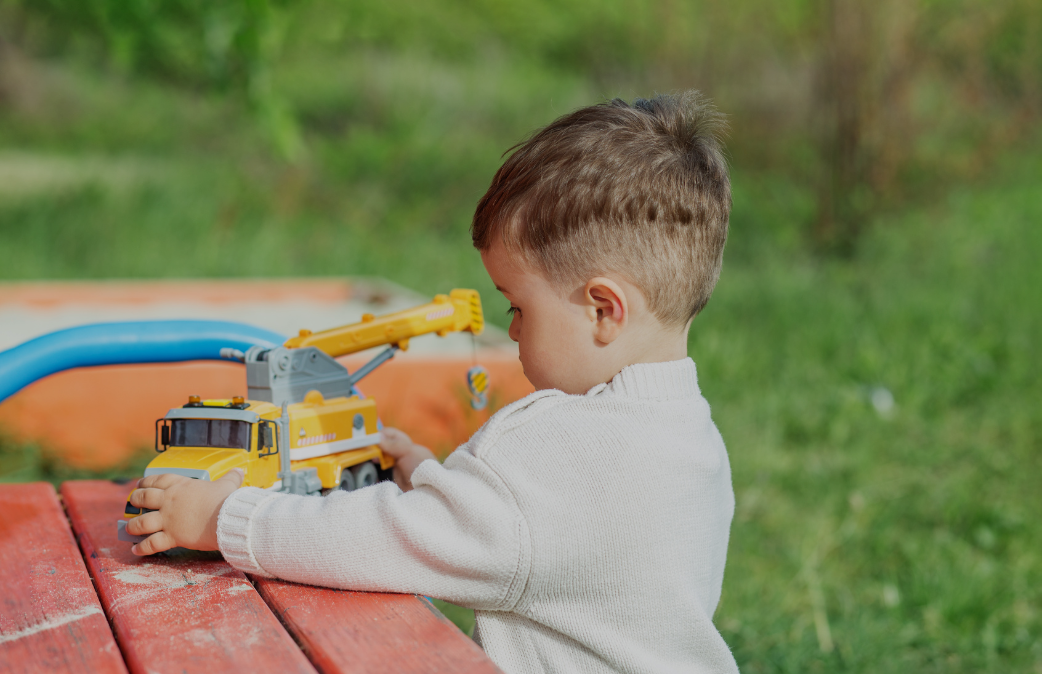
Literacy is more than learning to read—it is the key that unlocks opportunity, dignity, and rights.
Ekin Ergün Björstedt
Secretary General, Global Child Forum
Opinion
PUBLISHED: SEPTEMBER, 2025
Today is International Literacy Day, a reminder that literacy isn’t just an achievement—it’s a lifeline. Yet for too many children around the world, that lifeline is cut short by the grinding realities of child labor.
The Vicious Cycle: Child Labor and Illiteracy
Globally, around 138 million children were engaged in child labor in 2024, with 54 million involved in hazardous work that jeopardizes their health and development These children are often locked out of classrooms, trapped in a relentless cycle: no school → no skills → no prospects.
An article in today’s The Times of India cites an alarming study from Ludhiana, India — revealing that some neighborhoods have school enrollment as low as 3.7%, as most children are dragged into hosiery factories, rag-picking, or domestic drudgery. These are not statistics—they are stolen childhoods.

Why Literacy Is the Weapon Against Poverty
Illiteracy is not a personal failure—it’s systemic.
Children of illiterate parents have a 72% chance of remaining illiterate themselves, perpetuating poverty across generations. In places like Bangladesh, about 50% of working children don’t attend school, and many of those who do see their performance collapse under the weight of labor.
It’s not hard to see why the powerless remain powerless: illiterate adults are far more likely to fall into poverty—43% of the least literate adults in the U.S. live below the poverty line, compared to just 4% among the most literate.
Business: Villain or Victor?
When companies benefit from the cheap labor of an uneducated child, they help sustain cycles of illiteracy and exploitation.
But businesses can also be champions of literacy—through ethical supply chains, vocational education programs, and investment in schooling infrastructure. In West Africa, cocoa industry initiatives reduced hazardous child labor by up to one-third, thanks to monitoring and remediation efforts driven by major corporations.
Without such commitment, the pace of progress remains painfully slow—at current velocities, eliminating child labor could take centuries.

Literacy is more than learning to read—it is the key that unlocks opportunity, dignity, and rights.
Ekin Ergün Björstedt
Secretary General, Global Child Forum
“Literacy is more than learning to read—it is the key that unlocks opportunity, dignity, and rights,” says Ekin Björstedt, Secretary General, Global Child Forum. “When a child is forced into labor instead of learning, we are not just failing that child; we are failing our collective future. Businesses, governments, and society must act together to break this cycle.”
This International Literacy Day, demand more:
Literacy is not charity—it’s justice. It is the rocket fuel that propels communities out of poverty.
Let’s not just commemorate International Literacy Day—let’s ignite it. Demand that every child be in a classroom, not a field; learning, not labor. The future depends on it.
 A Conversation With Secretary General Ekin Ergün Björstedt
A Conversation With Secretary General Ekin Ergün Björstedt
To mark her first anniversary as Secretary General of the Global Child Forum, we sat down with Ekin Björstedt to reflect on the journey so far.
 Forced Labour in Supply Chains: Evelyn Chumbow’s Story
Forced Labour in Supply Chains: Evelyn Chumbow’s Story
Evelyn Chumbow was only nine years old when she was taken from her home in Cameroon and trafficked to the United States.
 Child Labour in Supply Chains: Siddharth Kara on Business Accountability
Child Labour in Supply Chains: Siddharth Kara on Business Accountability
Siddharth Kara is one of the world’s most renowned authors, researchers, and activists specialising in modern slavery and child labour.
IMAGE CREDITS
In order of use, from top: